Sightseeing Spots
Search Results314
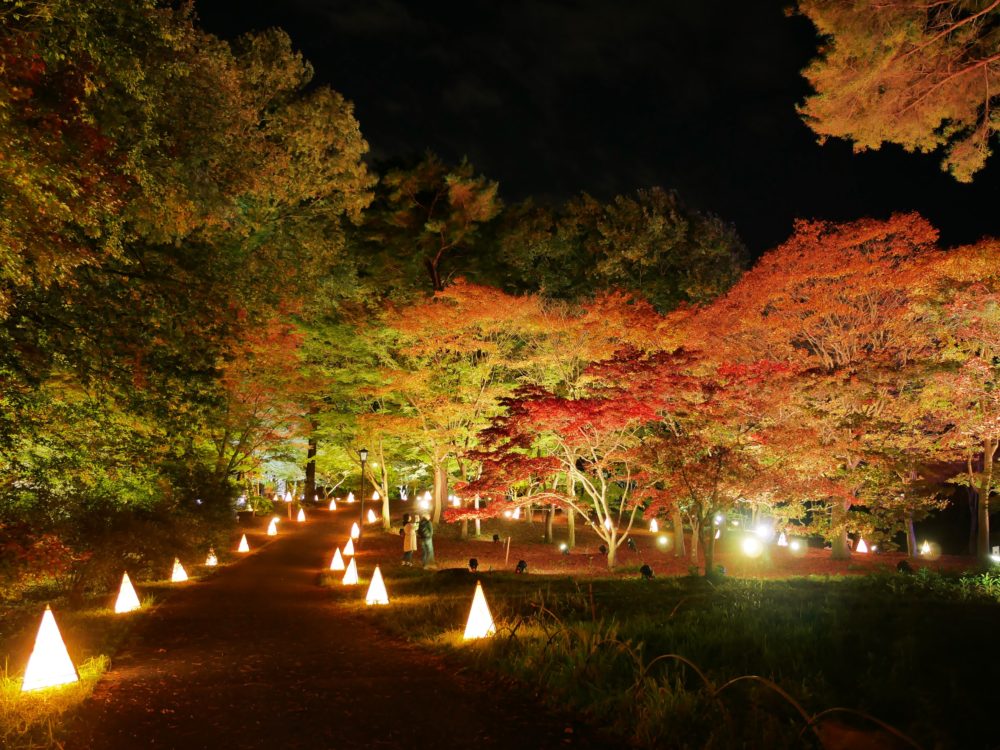
The Musashi-Kyuryo National Government Park was built as part of the Meiji Centennial Commemorative Project. Musashi-Kyuryo is Japan's first national park and is located on a vast, hilly area of 304 hectares stretching between Namegawa Town, Hiki District and Yagii, Kumagaya City, Saitama Prefecture. The park is mainly forested areas, and includes ponds, swamps, marshes and grasslands, for a diverse ecology where precious flora and fauna can grow and thrive. It is also one of few places within the metropolitan area where you truly can feel in contact with nature.
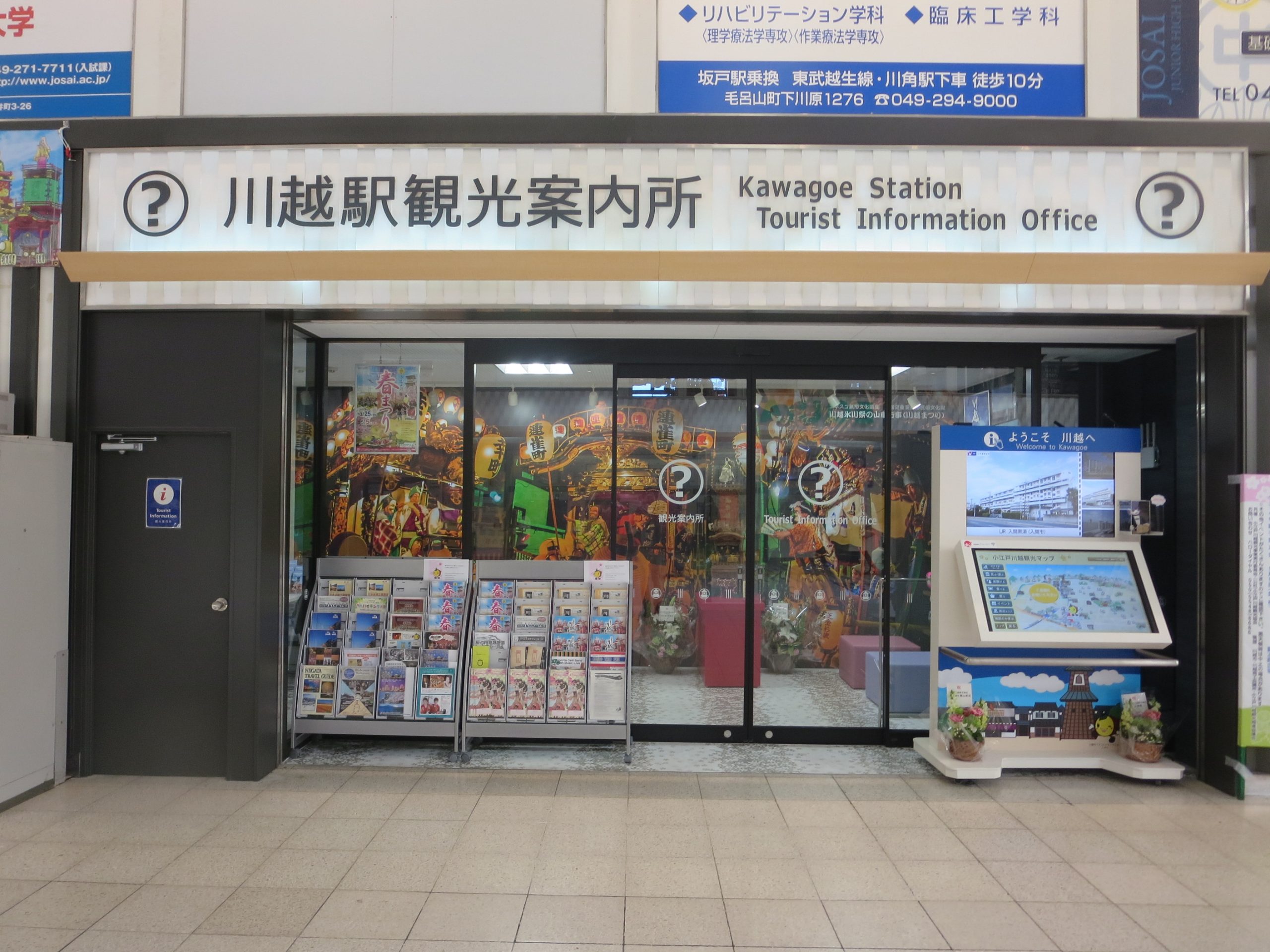
We offer tourist information and sightseeing brochures. We are conveniently located inside Kawagoe Station and can be used as a base for strolling around Kawagoe, with the Edo-style Kurazukuri Warehouse Street just a 15 minute walk away. Rental services for wheelchairs and baggage storage are also available (payment required).

The Kinchakuda Park was formed by the zigzagging flow of the Koma River that runs through Hidaka City, and is called Kinchakuda because its shape resembles a kinchaku (traditional drawstring money pouch). The park is a 500 meter diameter flatland surrounded by a river with a surface area of about 22 hectares. Flowers such as rape blossoms and cosmos bloom every season, but the highlight is the 5 million red spider lilies that dye the park crimson every autumn, like a giant, beautiful red carpet.
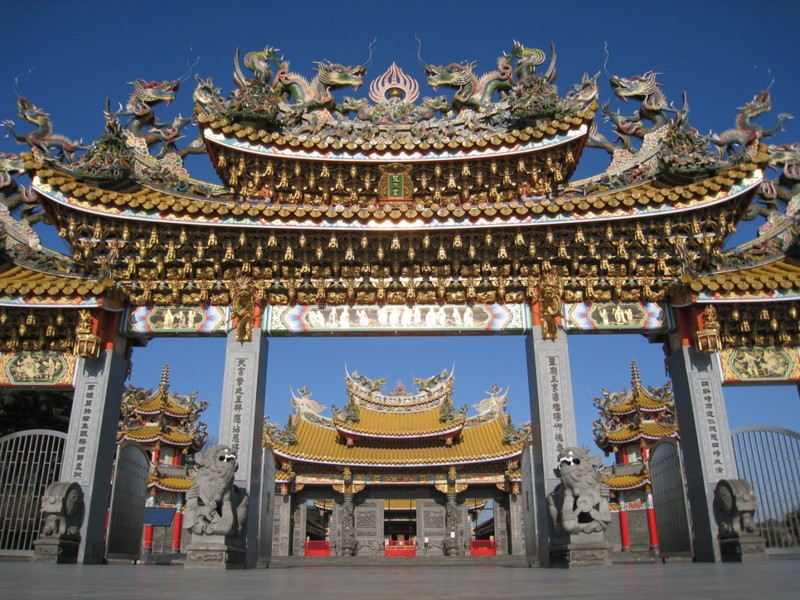
The largest Taiwanese Shinto shrine in Japan. This gorgeous structure is worth seeing at least once. The spiral ceiling assembled without any nails, the 5-meter Kowloon stone pillar, a 4-meter door with wood carvings of warrior gods and a coffered ceiling with dragons. You can experience authentic Taiwanese-style worship and omikuji (fortune slips) here.
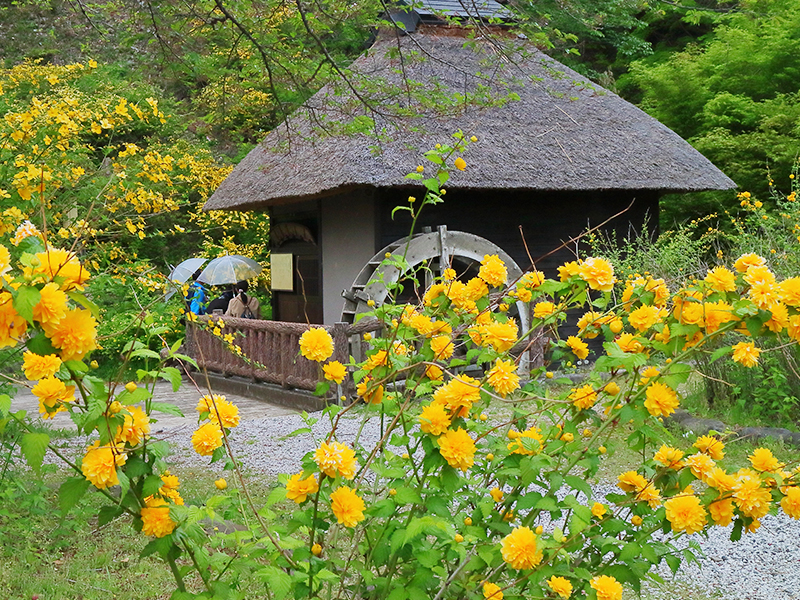
Yamabuki no Sato is associated with Ota Dokan, who was also famous for writing Japanese waka poetry. In the spring, about 2,500 Japanese rose trees sway in the breeze and match with the water mill hut to create an elegant atmosphere.
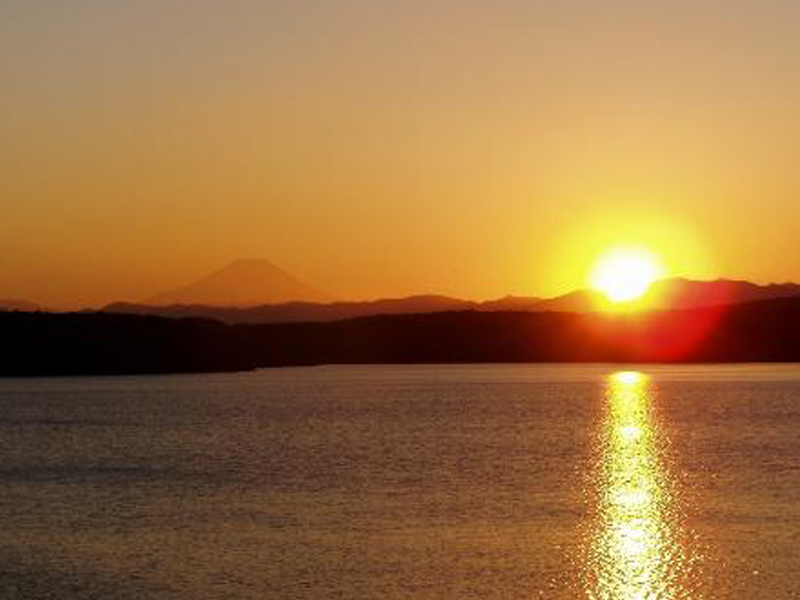
This man-made lake is located in the south-central part of Saitama Prefecture, straddling the boundary between Tokorozawa City and Iruma City. Completed in 1934 as a water reserve for Tokyo, the official name is "Yamaguchi Reservoir." The lake is surrounded by Saitama Prefectural Sayama Nature Park, where you can enjoy 20,000 cherry blossom trees in spring and vivid leaves in autumn, the symbolic Mt. Fuji reflected on the lake's surface and bird watching. The stunning seasonal scenery of this area was chosen as one of Saitama's 100 Top Nature Spots and 100 Top Dam Lakes.
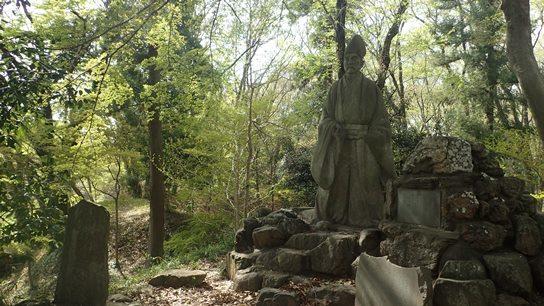
Our building is located on the historical site of the Kamakura period samurai palace “Sugaya-yakata” which transitioned to the castle “Sugaya-jō" during the Sengoku period. Opened in April of 1976 as the Saitama Prefectural Historical Data Museum, the museum was later relaunched on April 1st, 2006 for reorganization and maintenance of the prefectural museum facility. Focus was given to the collection, storage, and conducting of research on archaeological materials related to the Sugaya-yakata sites and medieval historical sites such as medieval castle buildings, and to utilize these materials for the development of education, learning, and culture. At that time, the name of the museum was changed to its current name. (For more information regarding the facility, please refer to the URL below.)
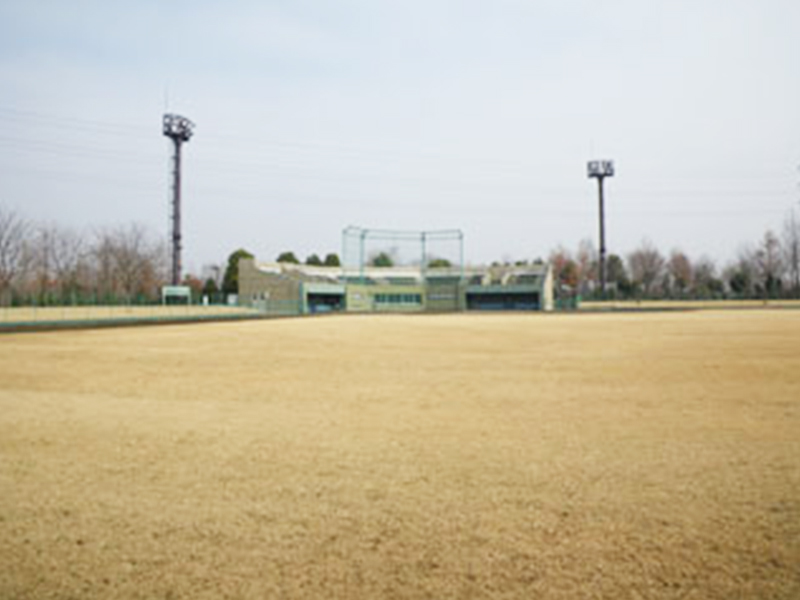
Tsurugashima Sports Park is known for its plentiful greenery and support of the natural ecosystem. There is a wooded area which utilizes existing trees to their fullest, a waterfront centered around the Oootagaya marsh and exercise facilities located on the main ground. This athletic park can be easily enjoyed by people of all ages, from children to the elderly. In addition, it is the site of the Tsurugashima Cherry Blossom Festival in spring and the Tsurugashima Industry Festival in fall, making it a center of tourist activity for the city.
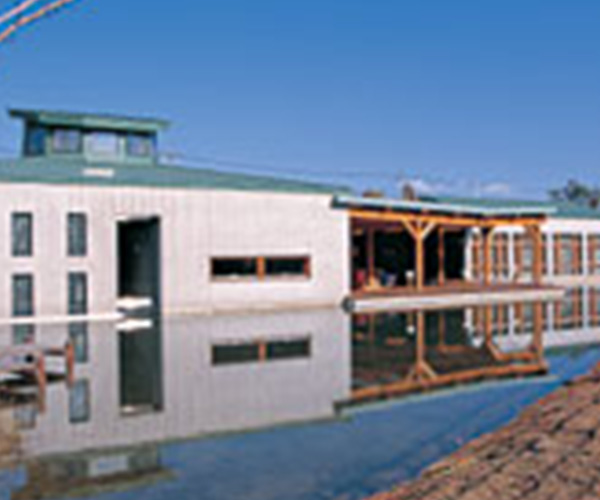
A museum based on the nature and culture of Namegawa Town and utilized as a center for gathering the latest information on these topics. Research efforts related to the artificial breeding and ecology of the Tokyo bitterling, a freshwater carp native to Japan and designated as a national treasure, are also being made to realize its reintroduction into the wild.
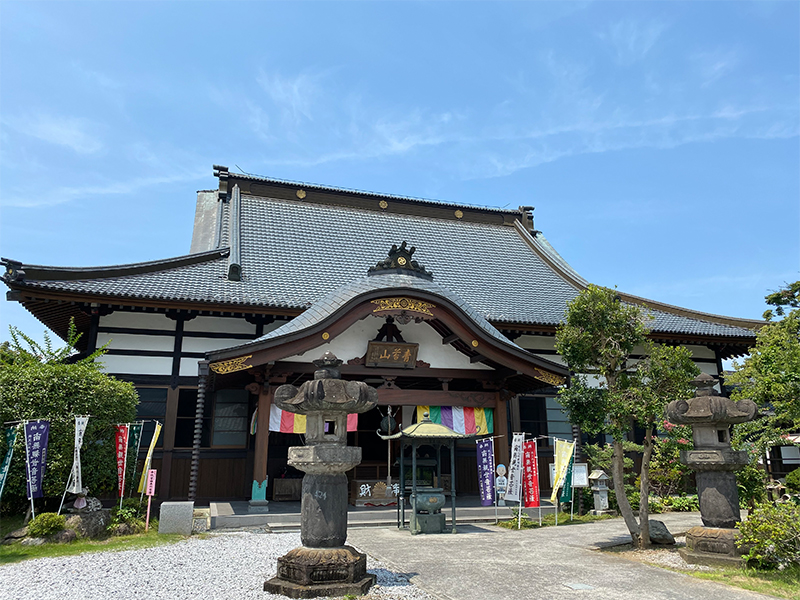
Mt. Seitai Hōchōji Temple, the seventh sacred site and temple, is called Ushibusedo, and the main deity is the eleven-faced Kannon. The eleven-faced Kannon was originally located at Ushibuse in the third ward of Negoya. Due to a disaster in 1782, it was moved to the main hall of Hōchōji Temple, where it has been enshrined ever since. Hōchōji temple is called "Fudasho No.7," also "Mt. Seitai," and it follows the Sōtō school of Buddhism. The temple was founded by Ryodo Kansei, who passed away in 1606. The founder of the Buddhist sect here was Shigekata Uchida, the second generation head of the Uchida family, and the Uchida family is said to be of the Fujita lineage, after adopting Hōjō Ujikuni as a son-in-law.
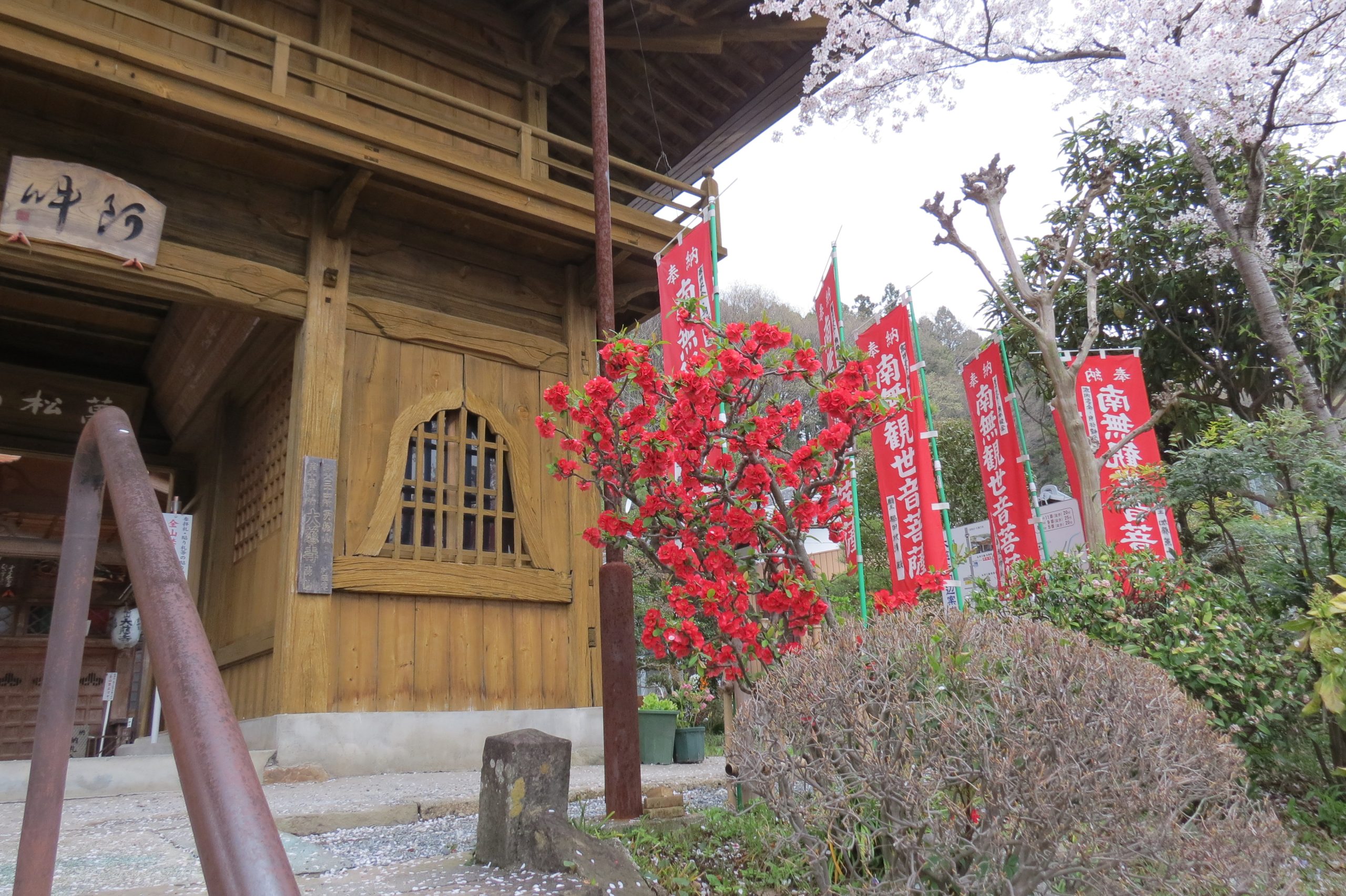
In front of the main hall is a statue of “Obinzurusama” (a disciple of Buddha), which legend has it that you will be healed by touching the statue where your body has pain while touching the same place on your body. In spring the adorable rare Bukoumamezakura cherry blossoms bloom for a delightful scene. It was also the setting for the animated movie, “The Anthem of the Heart." The “Enmei Jizō" (life-prolonging Jizō statue) stands at the entrance as a landmark.
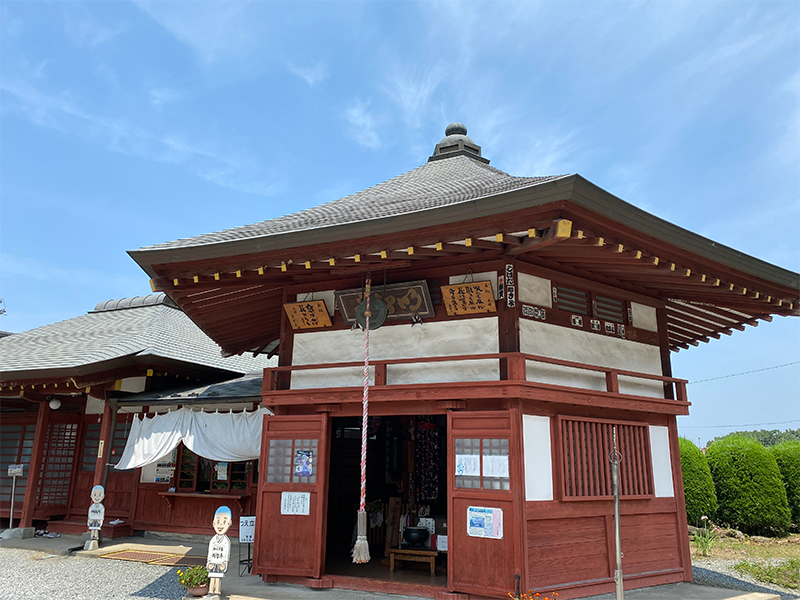
A temple for safe childbirth and child-rearing, and protection from evil. The main deity of the temple, Nyoirin Kannon, or Cintamanicakra, is said to be the God of Mercy and Wisdom, who holds a wish-fulfilling jewel that removes evil and purifies the clouded mind, relieves suffering, and bestows prosperity by giving gold and silver treasures. In the precincts of the temple are three Muromachi period (1336-1573) blue stone pagodas of the three Amitabha images and a mound of letters from the first year of the Hoei era, in which women wrote down their wishes and deposited them.
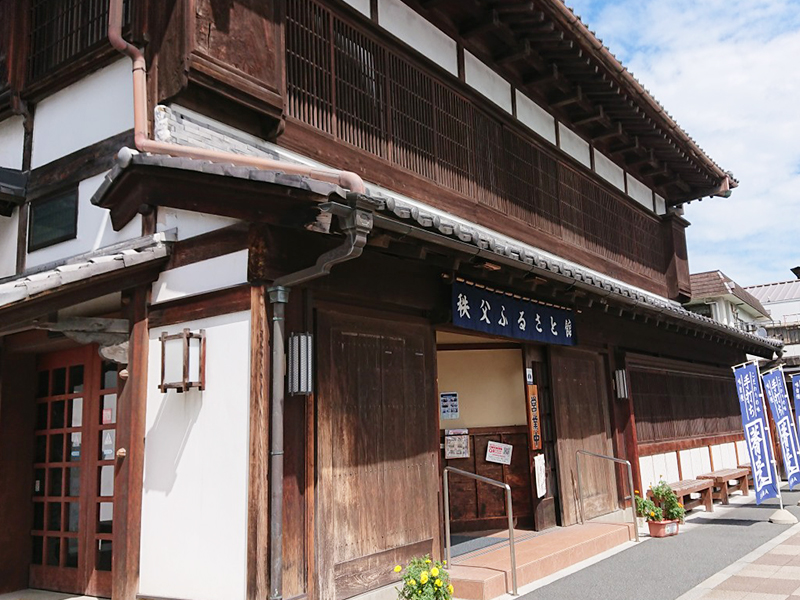
This store was originally the main building of a meisen silk wholesaler that prospered in the Taisho era. It has now been restored as a tourist center that also displays and sells local products. You can also try out the local cuisine at the soba noodle shop!
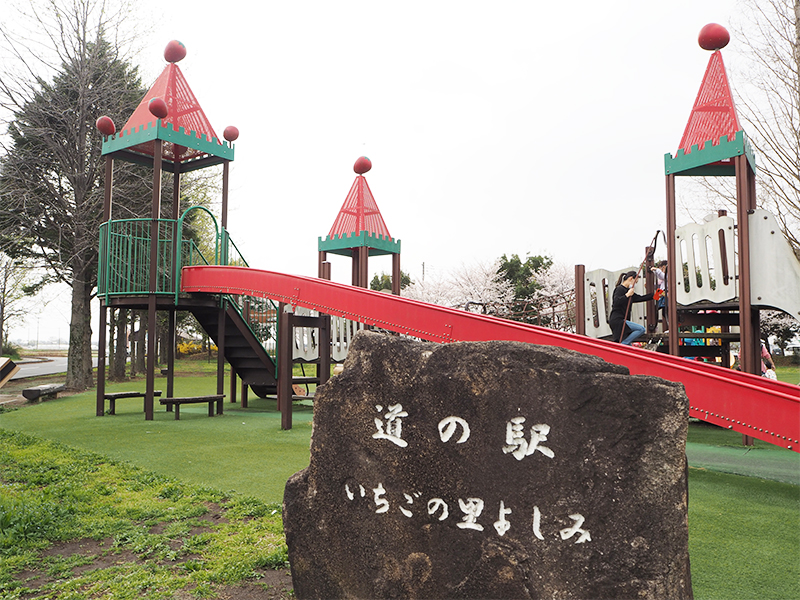
This roadside station, with a play tower designed to resemble a strawberry castle, is easy for families to stop by. Goods such as fresh dorayaki made from Yoshimi grown strawberries are available for purchase. It is also a popular place to take a break and enjoy a delicious soft-serve ice cream.
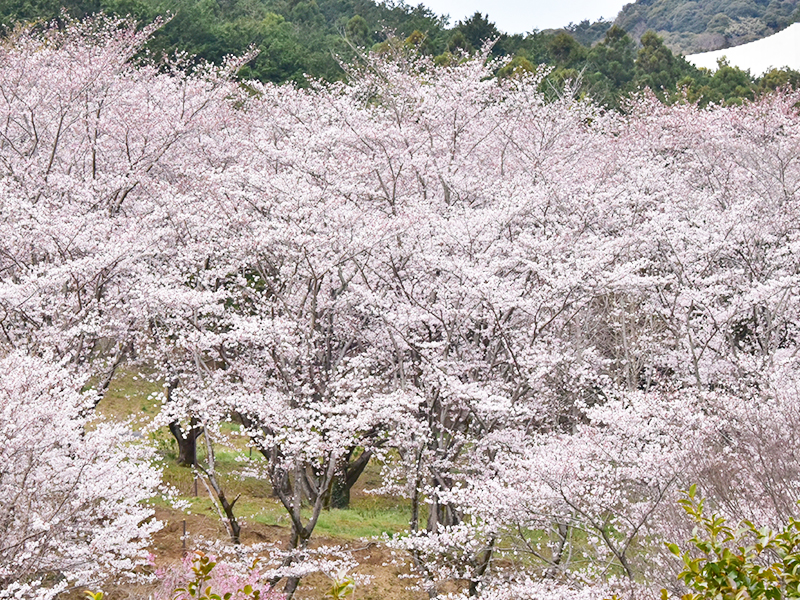
Around 300 Someiyoshino cherry trees are in full bloom at Sakuranoyama Park in early April and the mountain peak boasts a view that overlooks the Saitama-Shintoshin area. A large fireworks display is held every year on the second Saturday of May.
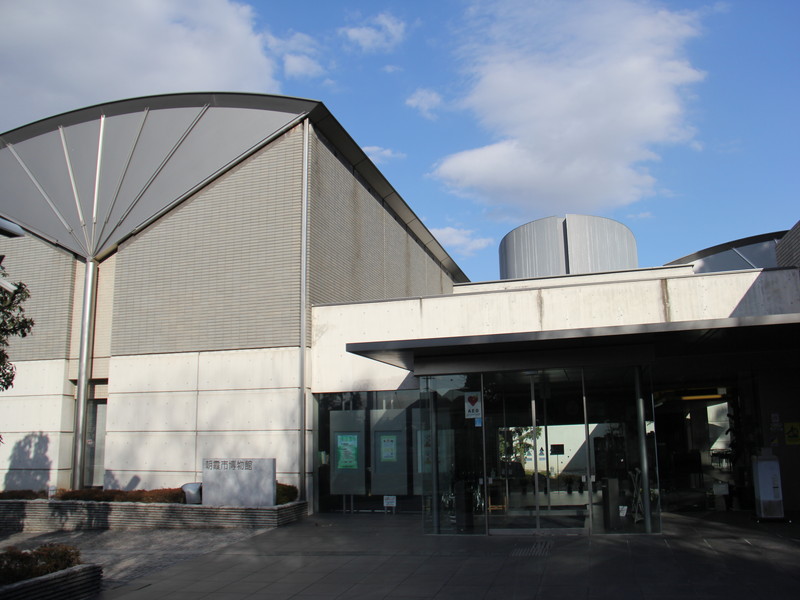
Centered around a permanent exhibition about Asaka's local heritage under the 4 categories: archaeology, history, folklore and arts and crafts; there are also special and themed exhibitions, and a variety of lectures and workshops which are held in this “space for learning and relaxation.”
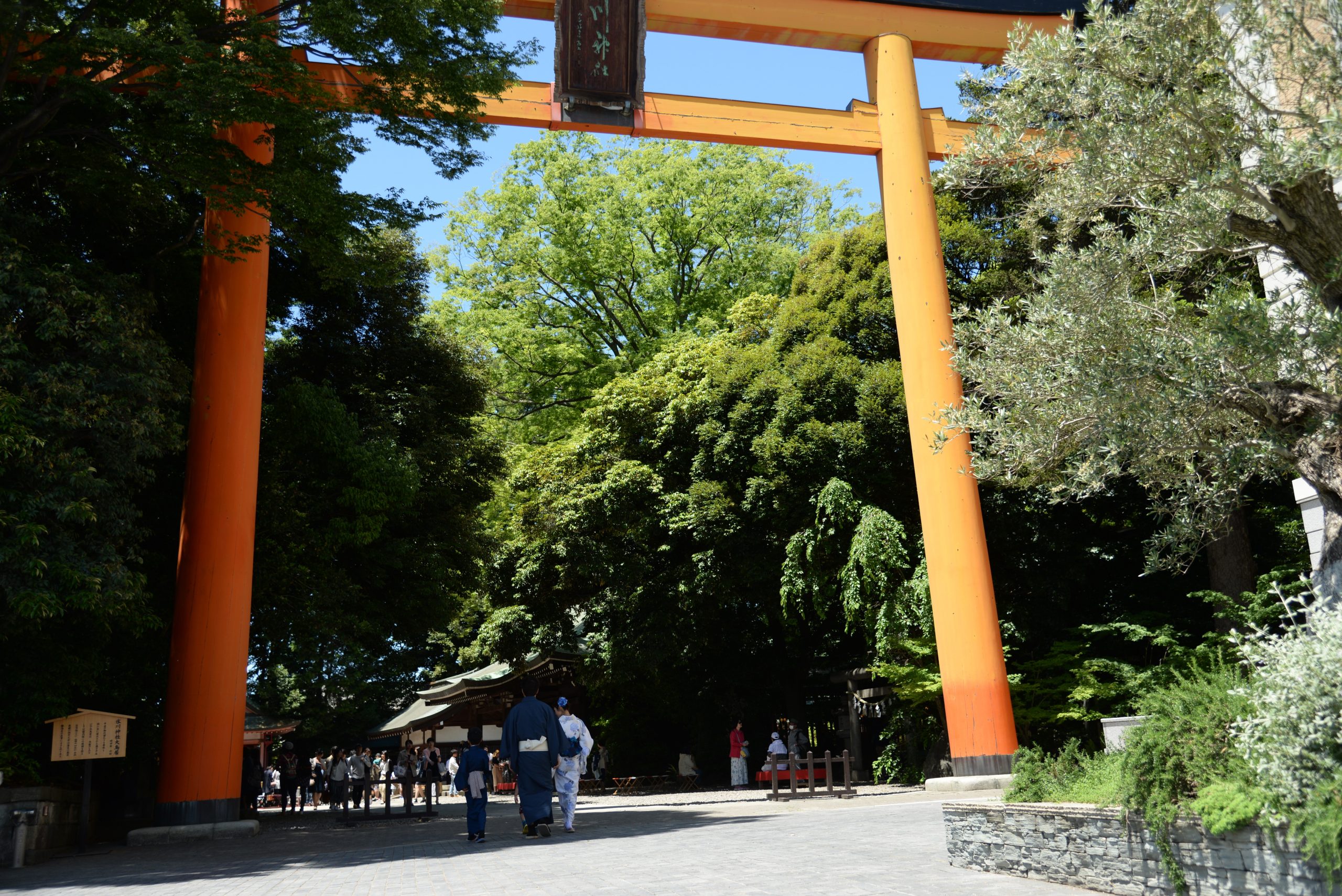
The history of Kawagoe Hikawa Shrine goes as far back as the reign of Emperor Kinmei in the 6th century, and is said to have started with the separation of worship practices by the Ōmiya Hikawa Shrine, a part of Musashi Ichinomiya, when the cultural practice of building burial mounds was passed on to them. When Ōta Dōkan built a castle thereafter, it was revered as a Sōja, a shrine enshrining several gods, of this location. Kawagoe Hikawa Shrine is familiarly called “Ohikawa-sama.”
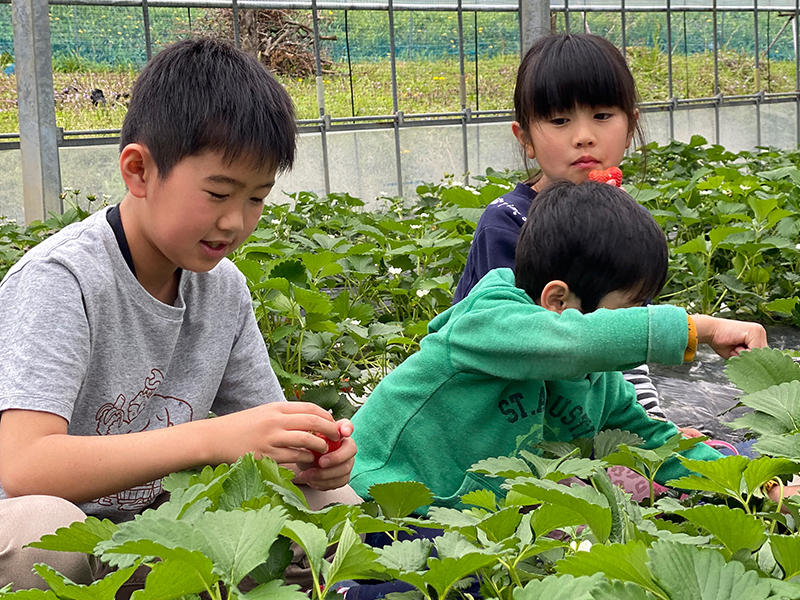
This strawberry farm is located in the peaceful landscape of Ashigakubo in Chichibu. Located on a hill, the view is fantastic! Please enjoy the sweet and juicy strawberries grown in our carefully maintained soil☆
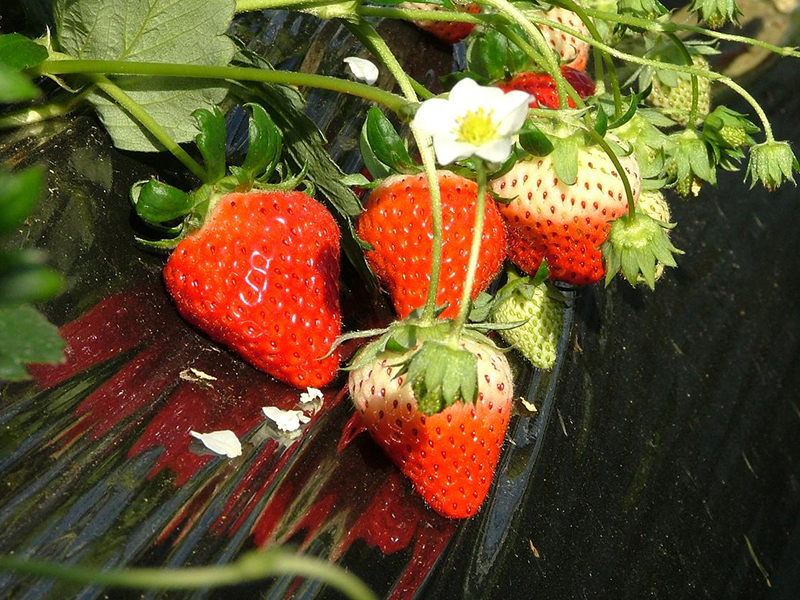
Strawberry picking is available from January to May, grape picking from August to October, and sweet potato digging from September to October. You can also enjoy a barbeque along with seasonal fruit picking with a reservation. For larger groups, please contact us at least seven days in advance for reservations. When making a reservation, please note that harvest conditions may vary depending on weather and other factors. Please contact us in advance to inquire about harvest conditions.
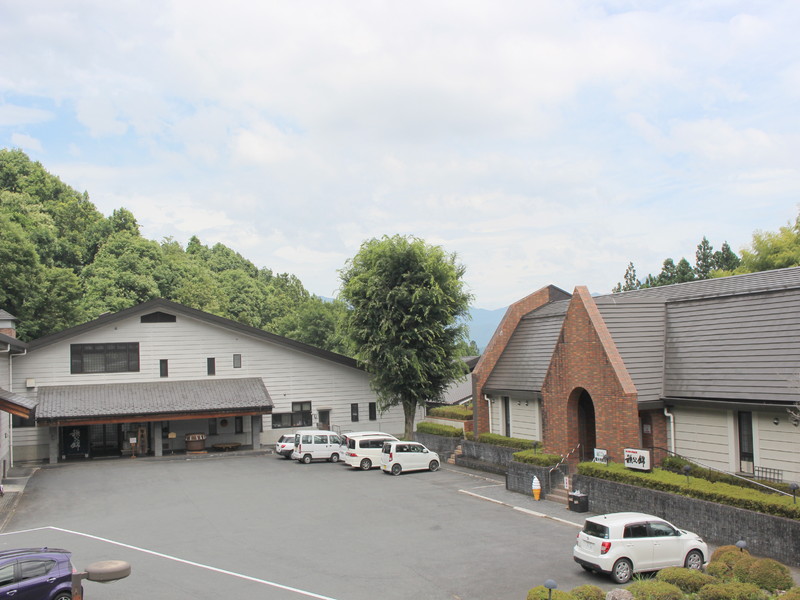
At our product store, locally brewed shochu “Chichibu Nishiki,” liquors and various Chichibu specialty goods are available. You can also try a wide range of alcohols at the tasting area.
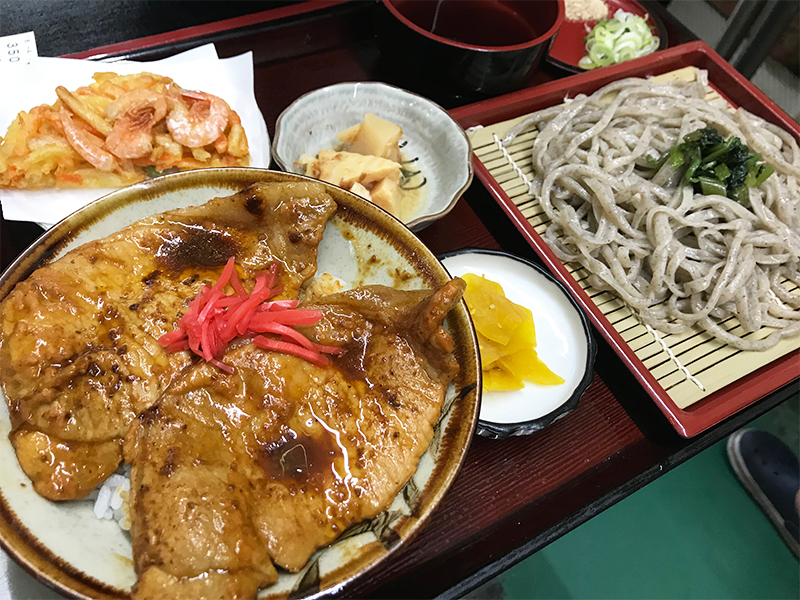
Enjoy country-style handmade soba, udon, and other set menus long popular among the farmers of Ashigakubo. You can also enjoy strawberry picking! The strawberries are bright red and packed with juicy sweetness. Strawberry picking is located right next to Menya Kinoko Chaya. If you want to pick strawberries, stop by Menya Kinoko Chaya first. ※ Time limit of 30 minutes per entry. ※ We would appreciate it if you could contact us in advance.
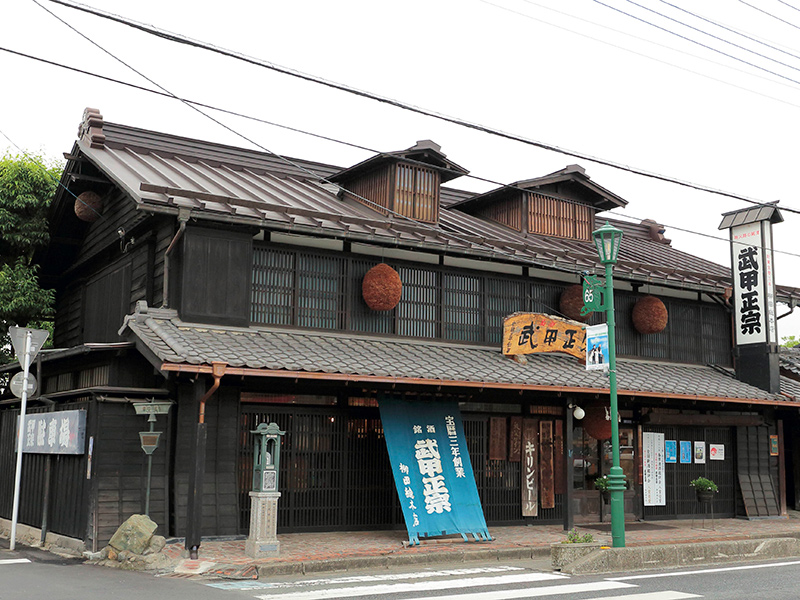
The well at our brewery, "Bushūyama Jyōryūsui" (underground water) was established as one of the hundred best mineral water sources of the Heisei Era. If you bring a container, feel free to fill it up with water and take it with you!
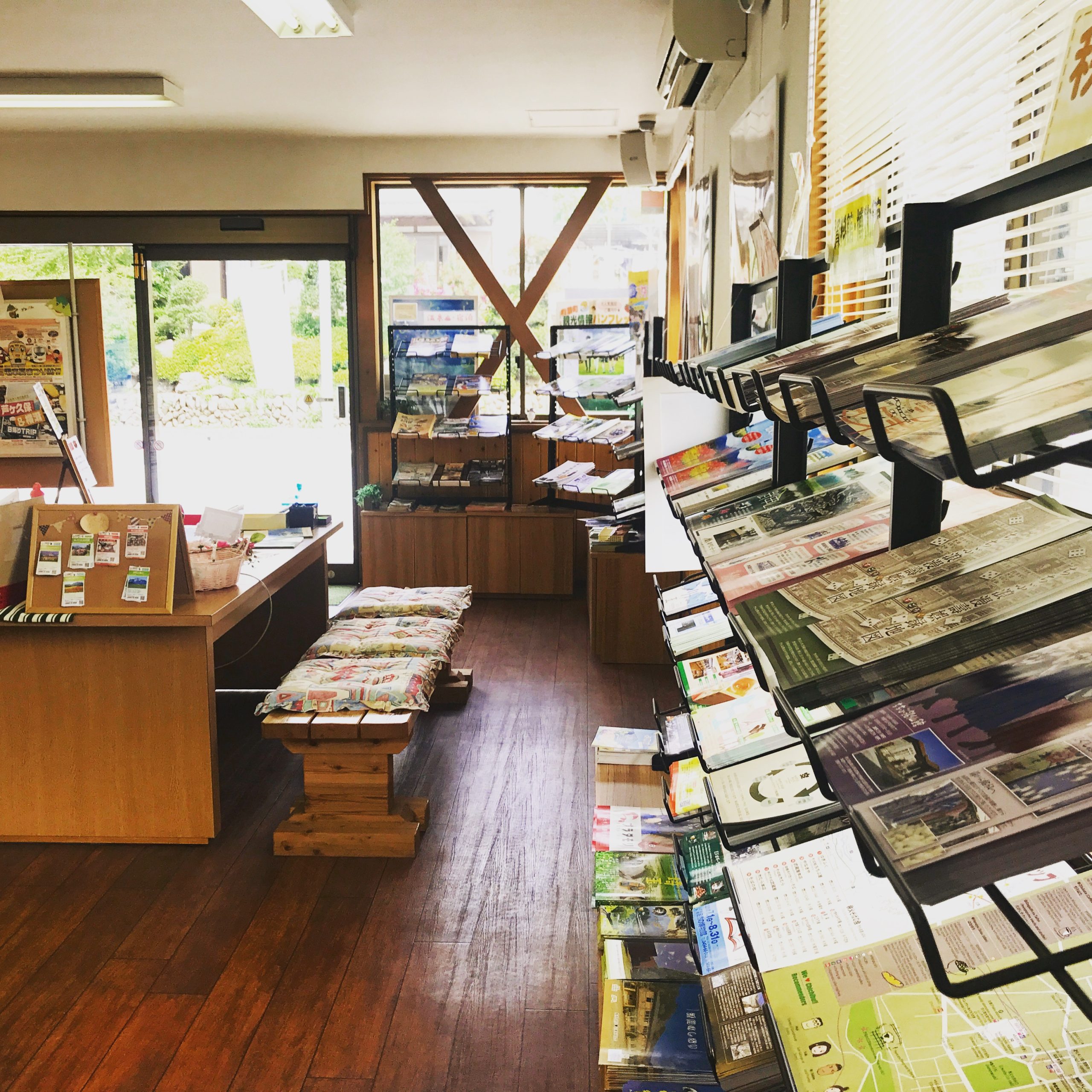
Your tour of the Chichibu region and nature-filled Yokoze starts here! Find out more about tourist destinations, seek out new flavors, and find all the information you need for restaurants and lodging. It's an information office full of vibrant energy ♪ There are also rental cycles and Mt. Buko goods for sale, so please feel free to stop by!
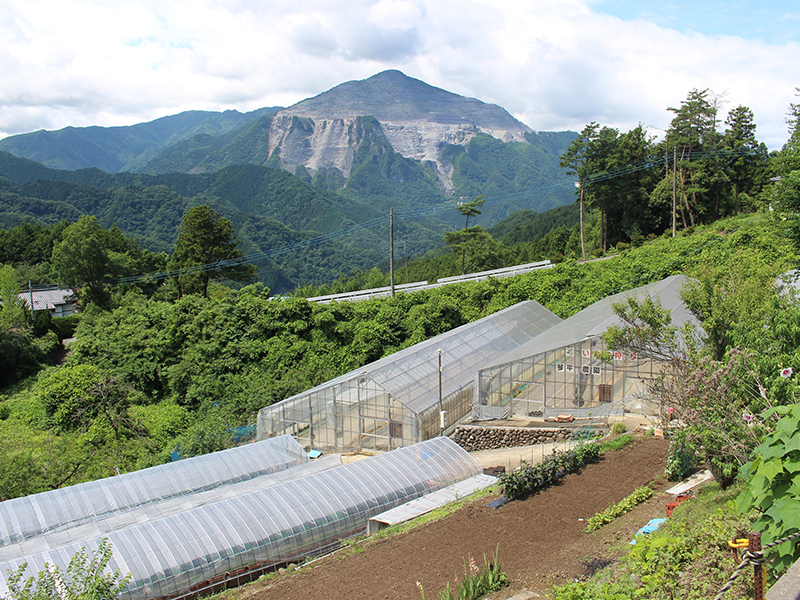
You can enjoy fruit picking and tasting at this sunny farm located on a south-facing slope. A spectacular view of Mt. Bukō is right in front of you! As a health precaution, we ask that visitors wear a mask and disinfect their hands.
This site uses cookies to improve the user experience. If you continue to browse, you consent to the use of cookies on this site. Accept
CONTACT
